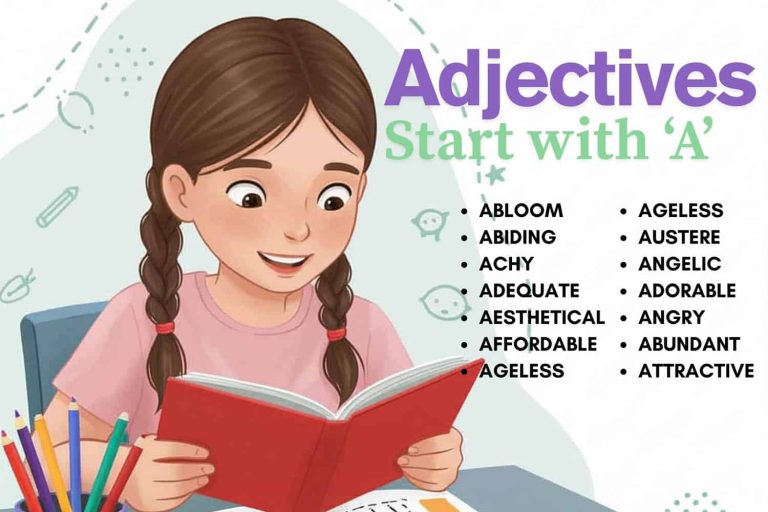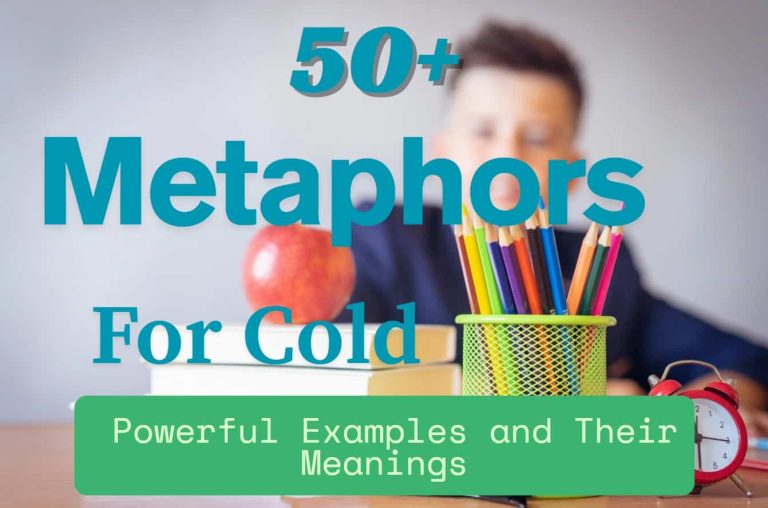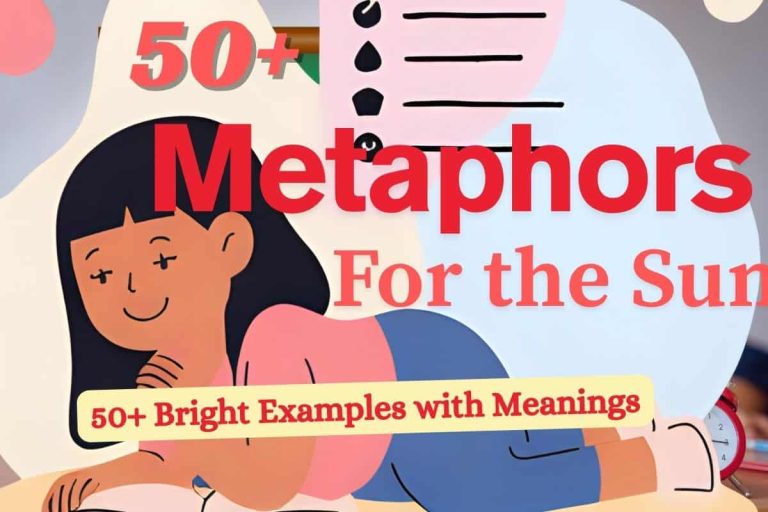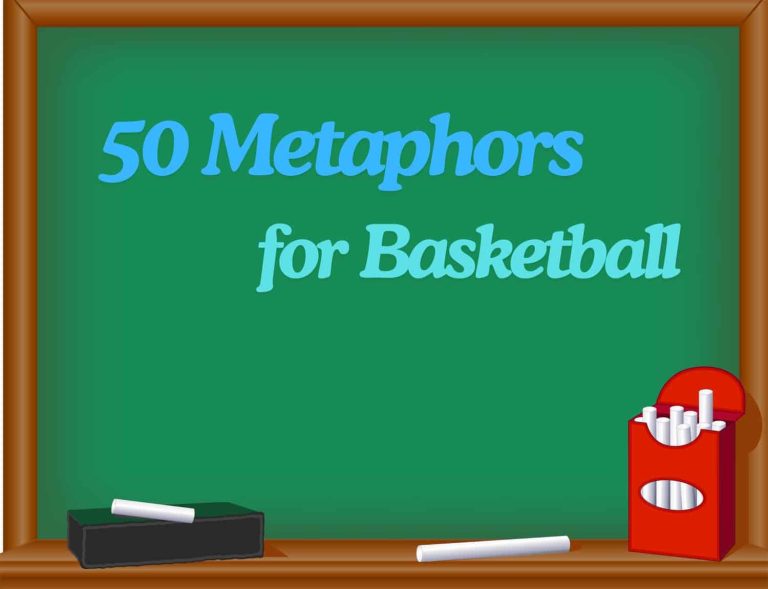50+ Adjectives for Taste: A Complete List to Describe Flavor
Taste is one of the most powerful senses, capable of evoking memories, emotions, and instant reactions. Whether you’re a food lover, a writer, a chef, or simply someone who enjoys describing your meals, having the right adjectives for taste can bring your descriptions to life.
Describing how something tastes isn’t just about saying it’s “good” or “bad” — it’s about choosing the perfect word that truly reflects the flavor experience. Is it rich and creamy? Sharp and zesty? Mild and bland? These adjectives can make your food reviews, recipes, and conversations much more engaging and flavorful.
In this guide, you’ll find a wide variety of adjectives for taste, along with examples, to help you express every delicious (or not-so-delicious) bite with clarity and creativity.
A list of Examples of Adjectives for taste
Adjectives for taste can be broadly categorized into several types, each corresponding to different aspects of the sensory experience.
This section provides extensive examples of adjectives for taste, organized by category, to illustrate their usage in context.
Basic Tastes Examples
These adjectives describe the five basic tastes: sweet, sour, salty, bitter, and umami. They form the foundation of taste perception and are universally recognized.
- Sweet: Having a sugary taste. Examples: sugary, honeyed, syrupy.
- Sour: Having an acidic or tart taste. Examples: acidic, tart, vinegary.
- Salty: Containing salt. Examples: briny, saline, salted.
- Bitter: Having a sharp, pungent taste. Examples: acrid, pungent, unsweetened.
- Umami: Having a savory or meaty taste. Examples: savory, meaty, brothy.
| Adjective | Example Sentence |
|---|---|
| Sweet | The cake has a sweet frosting. |
| Sugary | This soda is too sugary for my liking. |
| Honeyed | The tea had a honeyed flavor from the local wildflower honey. |
| Syrupy | The pancakes were drenched in syrupy goodness. |
| Sour | The lemon juice gave the lemonade a sour taste. |
| Acidic | The grapefruit has an acidic tang. |
| Tart | The cranberries added a tart note to the sauce. |
| Vinegary | The salad dressing had a distinctly vinegary bite. |
| Salty | The pretzels were perfectly salty. |
| Briny | The oysters had a briny taste of the sea. |
| Saline | The air near the ocean smells saline. |
| Salted | The caramel was sprinkled with salted flakes. |
| Bitter | The coffee had a bitter aftertaste. |
| Acrid | The burnt toast had an acrid smell. |
| Pungent | The medicine had a pungent and bitter flavor. |
| Unsweetened | The chocolate was unsweetened, appealing to those who prefer a less sugary treat. |
| Umami | The mushroom soup had a rich, umami flavor. |
| Savory | The dish was incredibly savory and satisfying. |
| Meaty | The stew had a meaty and hearty taste. |
| Brothy | The ramen had a deep, brothy flavor. |
| Tangy | The barbecue sauce has a tangy and sweet flavor. |
| Piquant | The cheese had a piquant, sharp taste that lingered on the palate. |
| Sharp | The cheddar had a sharp, distinct taste from aging. |
Flavor Components Examples
These adjectives describe specific flavor notes or ingredients that contribute to the overall taste. They provide more detailed information than the basic tastes.
| Adjective | Example Sentence |
|---|---|
| Fruity | The wine had a fruity aroma and taste. |
| Citrusy | The salad dressing had a citrusy zing. |
| Berry-like | The jam had a berry-like sweetness. |
| Apple-flavored | The pie had an apple-flavored filling. |
| Nutty | The cheese had a nutty undertone. |
| Almondy | The cake had an almondy fragrance. |
| Hazelnutty | The coffee had a hazelnutty aroma. |
| Peanutty | The granola bars had a peanutty flavor. |
| Earthy | The mushrooms had an earthy taste. |
| Musty | The cheese had a slightly musty flavor. |
| Fungal | The truffle oil had a fungal aroma. |
| Root-like | The vegetable dish had a root-like taste from the parsnips. |
| Floral | The tea had a delicate floral scent. |
| Flowery | The honey had a flowery flavor from the blossoms. |
| Rose-like | The Turkish delight had a rose-like fragrance. |
| Lavender-scented | The shortbread cookies were subtly lavender-scented. |
| Spicy | The curry had a spicy kick. |
| Peppery | The sauce had a peppery bite. |
| Gingery | The cookies had a warm, gingery taste. |
| Cinnamon-spiced | The apple cider was cinnamon-spiced. |
| Smoky | The barbecue had a smoky flavor. |
| Wood-smoked | The salmon was wood-smoked to perfection. |
| Charred | The vegetables had a slightly charred taste. |
| Barbecued | The ribs were deliciously barbecued. |
| Minty | The gum had a minty flavor. |
| Pepperminty | The candy canes were strongly pepperminty. |
| Spearminty | The tea had a refreshing spearminty taste. |
| Mentholated | The cough drops had a mentholated effect. |
| Chocolatey | The cake had a rich, chocolatey flavor. |
| Cocoa-rich | The brownies were intensely cocoa-rich. |
| Fudgy | The chocolate had a fudgy texture. |
| Dark chocolate | The bar was made of dark chocolate with a hint of sea salt. |
| Vanilla | The ice cream had a creamy vanilla flavor. |
| Vanilla-infused | The custard was vanilla-infused. |
| Creamy vanilla | The shake tasted like creamy vanilla. |
| Vanilla-scented | The candles were vanilla-scented. |
| Caramelly | The candy had a caramelly taste. |
| Caramelized | The onions were perfectly caramelized. |
| Toffee-like | The dessert had a toffee-like consistency. |
| Butterscotch | The candies were butterscotch flavored. |
Texture-Related Adjectives Examples
These adjectives describe the physical texture of food and how it feels in the mouth. Texture has a significant influence on the overall taste experience.
| Adjective | Example Sentence |
|---|---|
| Creamy | The soup had a creamy texture. |
| Velvety | The sauce was velvety smooth. |
| Silky | The pudding had a silky consistency. |
| Smooth | The smoothie was perfectly smooth. |
| Crunchy | The cereal was delightfully crunchy. |
| Crispy | The bacon was perfectly crispy. |
| Brittle | The cookies were thin and brittle. |
| Crumbly | The pastry was light and crumbly. |
| Chewy | The candy was pleasantly chewy. |
| Gummy | The candies had a gummy texture. |
| Rubbery | The overcooked calamari was rubbery. |
| Tenacious | The taffy had a tenacious, chewy pull. |
| Gritty | The poorly made polenta was gritty. |
| Sandy | The clams had a sandy texture. |
| Coarse | The bread had a coarse texture. |
| Grainy | The sauce had a slightly grainy texture. |
| Tender | The steak was incredibly tender. |
| Soft | The bread was wonderfully soft. |
| Delicate | The fish had a delicate texture. |
| Yielding | The ripe peach was yielding to the touch. |
| Gooey | The s’mores were deliciously gooey. |
| Sticky | The rice was overly sticky. |
| Viscous | The honey had a viscous consistency. |
| Fluffy | The pancakes were light and fluffy. |
| Feathery | The meringue had a feathery texture. |
| Frothy | The latte had a frothy top. |
| Puffy | The pastries were light and puffy. |
| Watery | The soup was too watery. |
| Diluted | The juice tasted diluted. |
| Runny | The egg yolks were nice and runny. |
| Insipid | The gravy was insipid and needed seasoning. |
Overall Impression Examples
These adjectives describe the overall subjective experience of tasting something. They reflect personal preferences and evaluations.
- Delicious: Highly pleasing to the taste. Examples: tasty, scrumptious, delectable.
- Disgusting: Causing intense dislike or revulsion. Examples: revolting, nauseating, repulsive.
- Bland: Lacking flavor or interest. Examples: tasteless, insipid, dull.
- Flavorful: Full of flavor; tasty. Examples: savory, rich, aromatic.
- Appetizing: Stimulating the appetite. Examples: tempting, inviting, mouthwatering.
- Unappetizing: Not stimulating the appetite. Examples: uninviting, unpleasant-looking, off-putting.
- Refreshing: Providing a feeling of coolness or invigoration. Examples: invigorating, revitalizing, cooling.
- Rich: Having a strong, intense flavor. Examples: decadent, opulent, full-bodied.
- Zesty: Having a lively or piquant flavor. Examples: tangy, vibrant, spirited.
- Mild: Gentle in flavor; not strong or intense. Examples: subtle, delicate, understated.
| Adjective | Example Sentence |
|---|---|
| Delicious | The cake was absolutely delicious. |
| Tasty | The soup was very tasty. |
| Scrumptious | The dessert was scrumptious. |
| Delectable | The meal was truly delectable. |
| Disgusting | The spoiled milk tasted disgusting. |
| Revolting | The dish had a revolting smell. |
| Nauseating | The food was so rich it was almost nauseating. |
| Repulsive | The taste was utterly repulsive. |
| Bland | The soup was incredibly bland. |
| Tasteless | The chicken was completely tasteless. |
| Insipid | The broth was insipid and unappetizing. |
| Dull | The flavors were dull and uninspired. |
| Flavorful | The dish was very flavorful. |
| Savory | The meal was savory and satisfying. |
| Rich | The sauce was rich and complex. |
| Aromatic | The spices made the dish aromatic. |
| Appetizing | The presentation was very appetizing. |
| Tempting | The aroma of the cookies was tempting. |
| Inviting | The display of pastries was inviting. |
| Mouthwatering | The sight of the steak was mouthwatering. |
| Unappetizing | The gray color made the soup look unappetizing. |
| Uninviting | The texture of the dish was uninviting. |
| Unpleasant-looking | The food was unpleasant-looking and unappetizing. |
| Off-putting | The smell was off-putting. |
| Refreshing | The drink was incredibly refreshing. |
| Invigorating | The mint tea was invigorating. |
| Revitalizing | The smoothie was revitalizing after the workout. |
| Cooling | The watermelon was cooling on a hot day. |
| Rich | The chocolate cake was incredibly rich. |
| Decadent | The dessert was a decadent treat. |
| Opulent | The flavors were opulent and luxurious. |
| Full-bodied | The red wine was full-bodied. |
| Zesty | The lemon tart was wonderfully zesty. |
| Tangy | The sauce had a tangy flavor. |
| Vibrant | The flavors were vibrant and fresh. |
| Spirited | The cocktail had a spirited taste. |
| Mild | The cheese had a mild flavor. |
| Subtle | The spices added a subtle warmth. |
| Delicate | The tea had a delicate aroma. |
| Understated | The flavors were understated but elegant. |
Usage Rules
Using adjectives for taste correctly involves understanding their specific meanings and how they interact with other words in a sentence. Here are some key rules to follow:
- Placement: Adjectives typically precede the noun they modify (e.g., “a sweet apple”) or follow a linking verb (e.g., “The apple is sweet”).
- Modification: Adverbs can be used to modify adjectives for taste, indicating the degree or intensity of the taste (e.g., “very salty,” “slightly bitter”).
- Comparisons: Use comparative and superlative forms to compare the tastes of different items (e.g., “sweeter than,” “the saltiest”).
- Combinations: Combine adjectives to provide more detailed descriptions (e.g., “sweet and sour,” “rich and creamy”).
- Subjectivity: Be mindful of the subjective nature of taste perception. Use adjectives that accurately reflect your personal experience.
Consider the context in which you’re using the adjectives. Formal writing may require more precise and objective descriptions, while informal conversation allows for more subjective and expressive language.
Pay attention to the connotations of different adjectives and choose words that convey the intended meaning accurately and effectively.
Common Mistakes
Several common mistakes can occur when using adjectives for taste. Being aware of these errors can help you avoid them in your own writing and speaking.
| Incorrect | Correct | Explanation |
|---|---|---|
| The coffee is taste. | The coffee is tasty. | “Taste” is a noun or verb; “tasty” is the adjective. |
| The soup is more sweet than the dessert. | The soup is sweeter than the dessert. | Use the comparative form “sweeter” for comparisons. |
| The most bitter coffee ever. | The bitterest coffee ever. | Use the superlative form “bitterest” to indicate the highest degree. |
| The apple is very flavor. | The apple is very flavorful. | “Flavor” is a noun; “flavorful” is the adjective. |
| The cake is taste good. | The cake tastes good. | “Taste” is a verb, not an adjective in this context. |
| This lemon is sourer that one. | This lemon is sourer than that one. | The correct spelling is “than,” not “that.” |
| The candy is much sugary. | The candy is very sugary. | Use “very” instead of “much” to modify “sugary.” |
| The chocolate is intense bitter. | The chocolate is intensely bitter. | Use the adverb “intensely” to modify the adjective “bitter.” |
Practice Exercises
These exercises will help you practice using adjectives for taste correctly. Complete the sentences with the most appropriate adjective from the options provided.
Exercise 1
Choose the best adjective to complete each sentence.
| Question | Options | Answer |
|---|---|---|
| The honey had a very ____ flavor. | a) bitter, b) sweet, c) sour | b) sweet |
| The lemon juice made the drink ____. | a) salty, b) bitter, c) sour | c) sour |
| The pretzels were covered in ____ salt. | a) salty, b) sweet, c) bitter | a) salty |
| The coffee had a strong, ____ aftertaste. | a) sweet, b) bitter, c) sour | b) bitter |
| The soup had a rich, ____ flavor from the mushrooms. | a) umami, b) sweet, c) sour | a) umami |
| The oranges are very ____ this season. | a) tangy, b) tasteless, c) rubbery | a) tangy |
| The overcooked meat was ____. | a) tender, b) rubbery, c) delicious | b) rubbery |
| The fresh bread was ____ and inviting. | a) unappetizing, b) tempting, c) bitter | b) tempting |
| The dish was surprisingly ____, despite the simple ingredients. | a) bland, b) flavorful, c) disgusting | b) flavorful |
| The ice cream had a ____ vanilla taste. | a) spicy, b) creamy, c) watery | b) creamy |
Exercise 2
Rewrite the sentences using a more descriptive adjective for taste.
| Question | Answer |
|---|---|
| The cake was good. | The cake was delicious. |
| The lemon was sour. | The lemon was tart. |
| The soup was tasty. | The soup was savory. |
| The coffee was bitter. | The coffee was pungent. |
| The nuts were flavorful. | The nuts were nutty. |
| The meat was tender. | The meat was succulent. |
| The sauce was rich. | The sauce was decadent. |
| The drink was refreshing. | The drink was invigorating. |
| The texture was smooth. | The texture was velvety. |
| The aroma was nice. | The aroma was aromatic. |
Exercise 3
Identify the adjective for taste in each sentence.
| Question | Answer |
|---|---|
| The sweet tea was very refreshing. | sweet |
| The tart cranberries added a zing to the pie. | tart |
| The dish had a savory aroma and taste. | savory |
| The pungent cheese was an acquired taste. | pungent |
| The nutty flavor of the almonds was delightful. | nutty |
| The creamy sauce coated the pasta perfectly. | creamy |
| The zesty lemon brightened the dish. | zesty |
| The bland soup needed more seasoning. | bland |
| The crispy bacon was a breakfast favorite. | crispy |
| The chocolatey dessert was a sweet ending to the meal. | chocolatey |
Advanced Topics
For advanced learners, exploring the nuances of taste perception and description can be highly rewarding. Consider delving into topics such as:
- Synesthesia: The phenomenon where stimulation of one sense triggers experiences in another (e.g.,tasting colors). Understanding synesthesia can provide deeper insights into how people perceive and describe taste.
- Flavor Chemistry: The scientific study of the chemical compounds that contribute to flavor. Learning about flavor chemistry can help you understand why certain foods taste the way they do and how to describe them more accurately.
- Cultural Influences on Taste: Exploring how cultural backgrounds shape taste preferences and flavor perceptions. This can enhance your ability to describe tastes in a culturally sensitive and appropriate manner.
- The Role of Aroma: Understanding the significant role aroma plays in taste perception. Many of the adjectives we use to describe taste are actually related to smell.
- The Language of Wine and Coffee: Studying the specialized vocabularies used to describe the complex flavors of wine and coffee. This can expand your overall vocabulary for describing taste.
By exploring these advanced topics, you can deepen your understanding of taste and enhance your ability to describe flavors with precision and creativity.
FAQ – Frequently Asked Questions
What is the difference between “taste” and “flavor”?
Taste refers to the five basic sensations detected by the taste buds on the tongue: sweet, sour, salty, bitter, and umami. Flavor, on the other hand, is a more complex perception that includes taste, aroma, texture, and other sensory factors.
How can I improve my ability to describe tastes?
Practice tasting different foods and beverages and writing down your impressions using a variety of adjectives. Pay attention to the specific flavors, textures, and aromas you perceive.
Read food reviews and culinary articles to expand your vocabulary and learn how others describe tastes effectively.
Are there any universal adjectives for taste?
While taste perception is subjective, some adjectives are widely understood and used across cultures, such as “sweet,” “sour,” “salty,” “bitter,” and “delicious.” However, cultural differences can influence the specific meanings and connotations of these adjectives.
How do texture and temperature affect taste perception?
Texture and temperature can significantly influence how we perceive taste. For example, a creamy texture can enhance the perception of sweetness, while a cold temperature can suppress certain flavors.
Understanding these interactions can help you provide more comprehensive descriptions of taste experiences.
Can the same adjective be used to describe different tastes?
Yes, some adjectives can be used to describe different tastes depending on the context. For example, “rich” can describe a chocolate cake (sweet) or a savory stew (umami).
Pay attention to the specific qualities of the food or beverage you are describing and choose adjectives that accurately reflect those qualities.
Conclusion
Mastering adjectives for taste is an invaluable skill for anyone who wants to communicate effectively about food and culinary experiences.
Whether you’re a food enthusiast, a culinary professional, or simply looking to improve your vocabulary, this guide provides a solid foundation for describing taste effectively.
Continue to explore the world of flavors and expand your vocabulary. The more you practice, the better you will become at articulating the nuances of taste.
Happy tasting!





